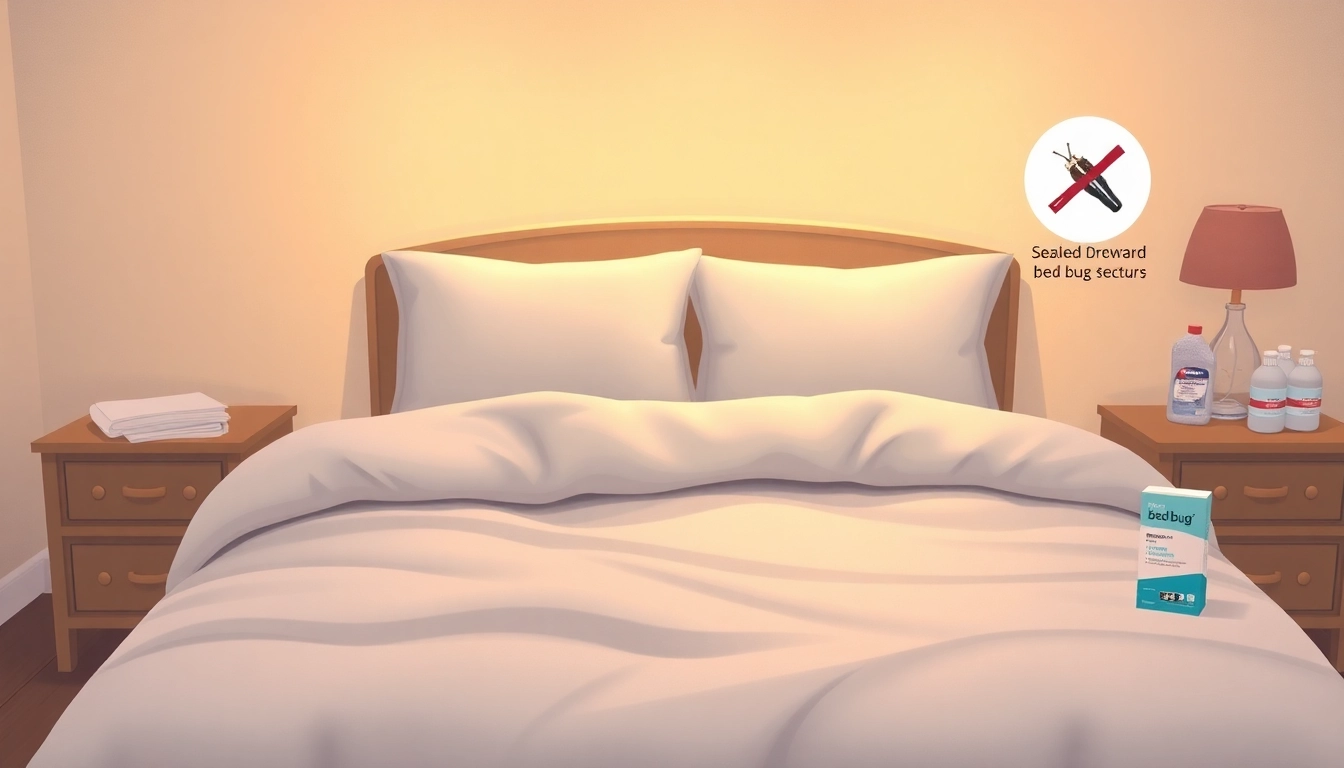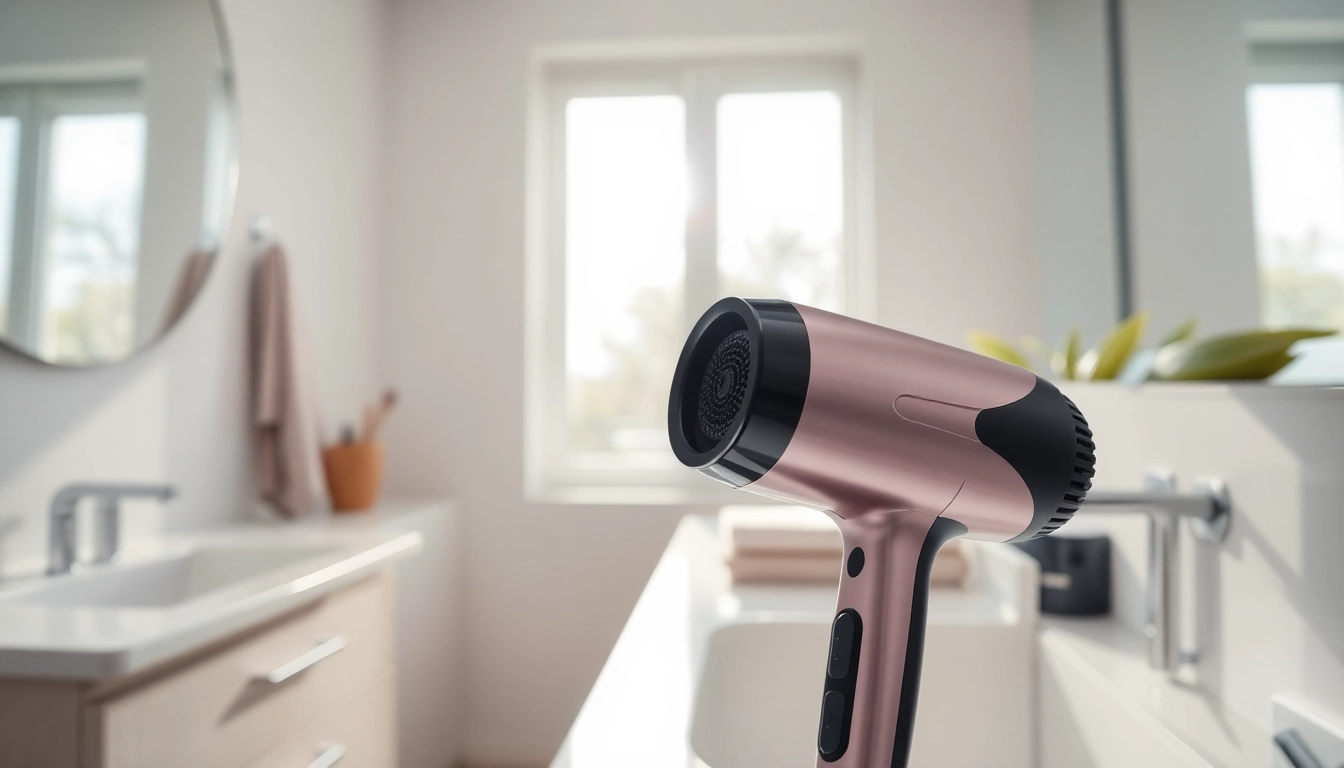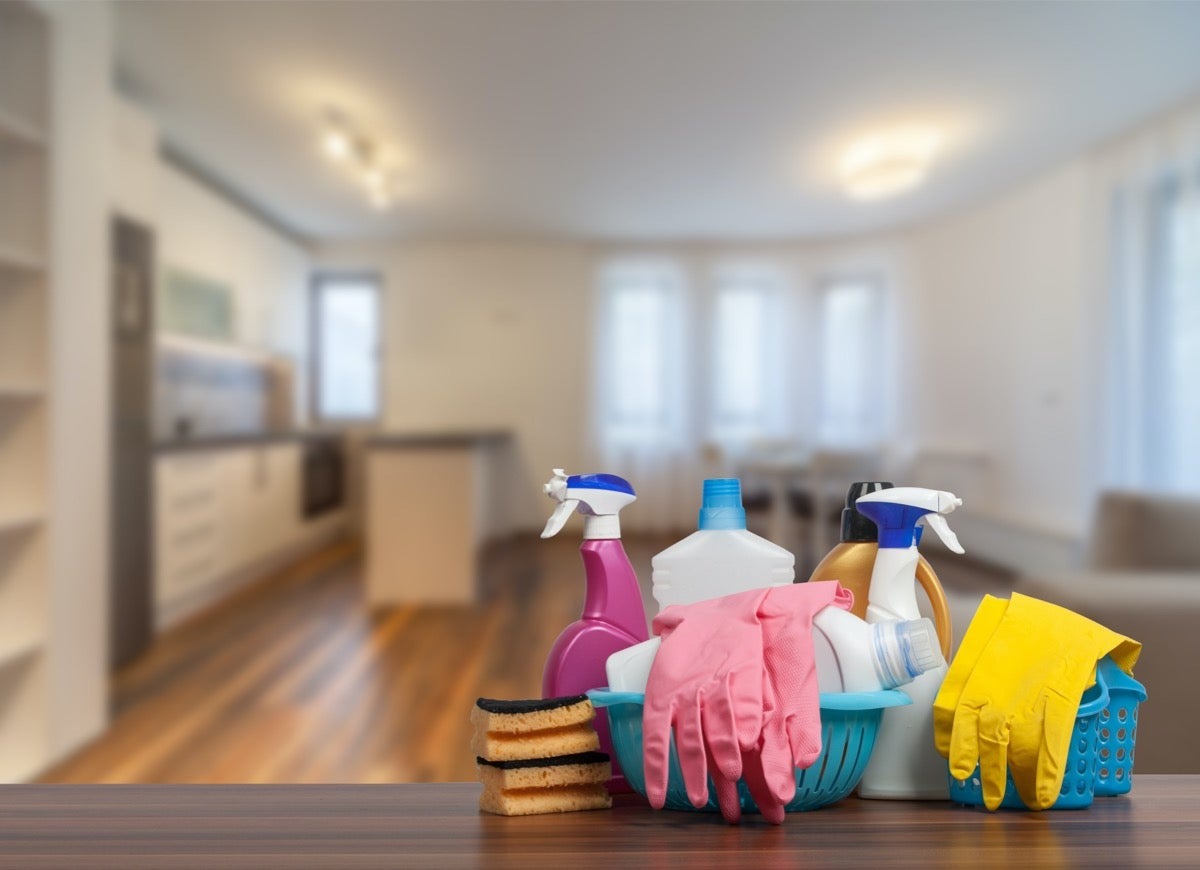Understanding Bed Bugs: Behavior and Identification
Bed bugs (Cimex lectularius) are small, parasitic insects that feed solely on the blood of humans and animals. These pests are known for their ability to hide in crevices and cracks, making them particularly challenging to detect and eliminate. Understanding the behavior and lifecycle of bed bugs is crucial for effective bed bug control measures.
The Lifecycle of Bed Bugs
Bed bugs undergo a complex lifecycle consisting of five nymph stages before reaching adulthood. Each stage requires a blood meal to progress to the next. The entire lifecycle, from egg to adult, can take as little as 5 weeks under optimal conditions, such as warm temperatures and sufficient food supply. Female bed bugs can lay up to 500 eggs in their lifetime, which further exacerbates the infestation issue. The eggs are typically laid in clusters and take about 6 to 10 days to hatch, leading to a rapid increase in population.
Signs of Bed Bug Infestation
Identifying a bed bug infestation early is essential for effective control. Common signs include:
- Red, itchy welts on the skin, often appearing in straight rows or clusters.
- Rusty or dark spots on bedding, which are excrement from bed bugs.
- Small, pearly white eggs or empty shed skins found in cracks and crevices.
- Musty odor in the room, which results from the scent glands of the bugs.
Regular inspections of your sleeping area and surrounding furniture can help catch infestations early before they escalate.
Common Misconceptions About Bed Bugs
There are several myths surrounding bed bugs that can hinder effective treatment:
- Bed bugs only infest dirty homes: This is untrue. Bed bugs are attracted to warmth and carbon dioxide, not cleanliness.
- Bed bugs transmit diseases: Although bed bugs can cause discomfort and secondary infections from scratching, they have not been shown to transmit diseases.
- Bed bugs are visible to the naked eye: While adult bed bugs are visible, they can be very small and hide well, making them difficult to spot unless you know where to look.
Prevention Tips for Bed Bug Control
Preventing a bed bug infestation is generally more manageable than dealing with one once it occurs. Here are several practical strategies that homeowners can employ:
Preventive Measures for Homeowners
Homeowners can adopt several preventive measures to minimize the risk of bed bug infestations:
- Regularly vacuum your home, especially in areas where you sleep or relax.
- Use mattress encasements designed to trap bed bugs and prevent them from entering.
- Seal cracks and crevices around walls, floors, and furniture to eliminate potential hiding spots.
- Launder bedding and clothing frequently, and dry them on high heat to kill any hidden bed bugs or eggs.
Traveling Safely: Avoiding Bed Bugs
Travelers are prime candidates for picking up bed bugs and bringing them back home. Here are some tips to stay safe:
- Inspect hotel rooms meticulously, focusing on seams of mattresses, behind headboards, and other furnishings.
- Keep luggage elevated on luggage racks instead of directly on the bed or floor.
- Store clothes in sealed plastic bags when not in use during your stay.
- Upon returning home, wash and dry your clothes immediately, even if you haven’t worn them.
Essential Tools for Bed Bug Prevention
Equipping yourself with the right tools and products can enhance your defensive strategy against bed bugs:
- Quality traps can help monitor for bed bugs and detect early infestations.
- Portable steam cleaners can effectively kill bed bugs hiding in furniture and fabrics.
- Insecticide sprays labeled specifically for bed bug treatment can be a part of a preventive arsenal, but should be used with caution.
DIY Bed Bug Control Methods
For homeowners who want to tackle bed bugs independently, various DIY methods can be effective when used correctly:
Home Remedies that Work
Although not all home remedies are scientifically proven, some methods may help reduce bed bug populations. These include:
- Using diatomaceous earth (DE): This natural powder can dehydrate and kill bed bugs by damaging their exoskeletons.
- Essential oils such as tea tree oil and lavender oil have shown insect-repelling properties.
- Using heat treatment: Items like clothing or bedding can be steamed or placed in a hot dryer to kill bed bugs.
Step-by-Step Cleaning Techniques
A thorough cleaning regimen can reduce bed bug populations. Here’s a step-by-step approach:
- Remove and wash all bedding and surrounding textiles in hot water.
- Vacuum the mattress, bed frame, and surrounding area, ensuring to use a vacuum attachment for corners and crevices.
- Dispose of the vacuum bag immediately in a sealed plastic bag outside your home.
- Replace the mattress and box spring covers and ensure all seams are sealed.
When to Call a Professional
If DIY methods do not yield results, or if the infestation is severe, it is essential to consult with a professional. Indicators that you should seek help include:
- A significant number of visible bed bugs or signs like bites and spots on bedding.
- Persistent allergies or skin reactions despite cleaning efforts.
- Concerns about the safety of using chemicals in your home.
Professional Treatments for Bed Bug Control
When faced with a difficult situation, enlisting the help of pest control professionals can be the most effective solution. Here’s an overview of what you can expect:
Overview of Treatment Options
Professional bed bug treatments usually consist of several strategies, including:
- Thermal treatment: Exposing the entire room to high temperatures to kill bed bugs.
- Fumigation: Using gas to penetrate extensively into spaces that may harbor bed bugs.
- Chemical treatments: Applying pesticides targeted specifically at bed bugs, often followed by inspections to confirm effectiveness.
Choosing the Right Pest Control Service
Selecting an effective pest control service involves several considerations:
- Look for licensed and certified pest control operators in your area.
- Ask for recommendations or reviews from trusted sources.
- Inquire about the treatment methods they use and ensure they align with your preferences.
- Get written estimates and clarify what is included in the service.
Costs and Expectations for Professional Help
The costs of professional bed bug treatments can vary widely depending on the severity of the infestation and the methods used. You can generally expect costs to range from $300 to $3,000. It’s essential to understand the treatment plan and follow-up processes, which may include inspections and additional treatments for complete eradication.
Long-Term Bed Bug Control Strategies
Establishing long-term strategies is essential for preventing future infestations and ensuring a pest-free environment:
Monitoring and Maintenance Techniques
After treatment, continuous monitoring can help catch any potential re-infestations:
- Regularly inspect sleeping areas and common hiding spots for new signs.
- Keep a record of inspections and treatments to track any changes in the infestation status.
- Consider using bed bug monitors in strategic locations to detect their presence early.
Integrating Integrated Pest Management (IPM)
Integrated Pest Management (IPM) is a systematic approach that combines different control methods and strategies. This holistic approach emphasizes:
- Preventive measures to reduce bed bug populations.
- Regular monitoring and timely intervention upon detection.
- Utilizing both chemical and non-chemical techniques for treatment.
Educating Your Family and Community
Sharing knowledge about bed bugs with family and community members can increase awareness and contribute to prevention efforts:
- Conduct discussions about recognizing early signs of infestation.
- Encourage community inspections in multi-unit housing scenarios.
- Disseminate information on best practices for preventing bed bugs during travel or shared spaces.
Effective bed bug control requires an understanding of their behavior, proactive prevention strategies, and timely action. By educating yourself and employing comprehensive treatment methods, you can keep your home free from these unwanted pests. Remember, early detection and consistent monitoring are paramount in safeguarding your living environment from bed bug infestations.















Leave a Reply